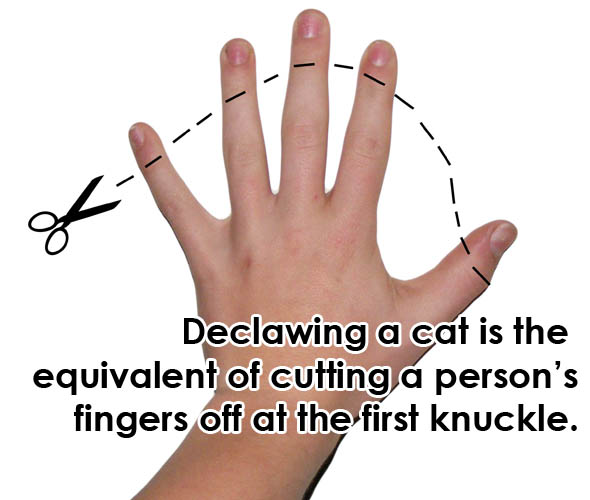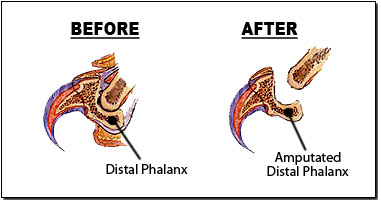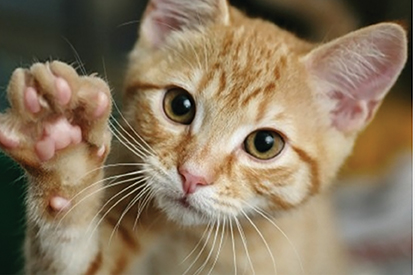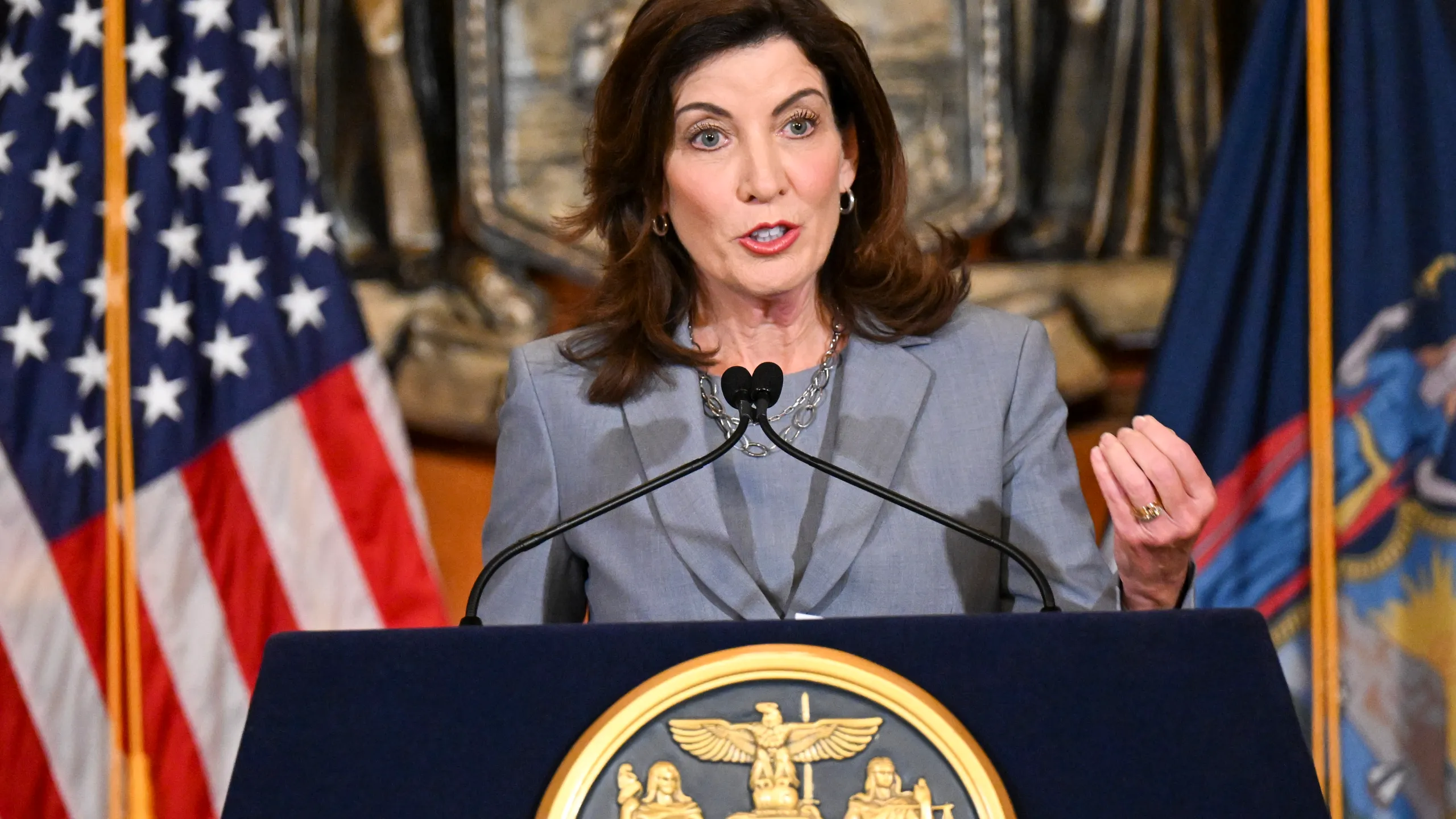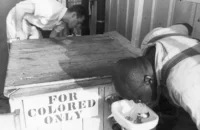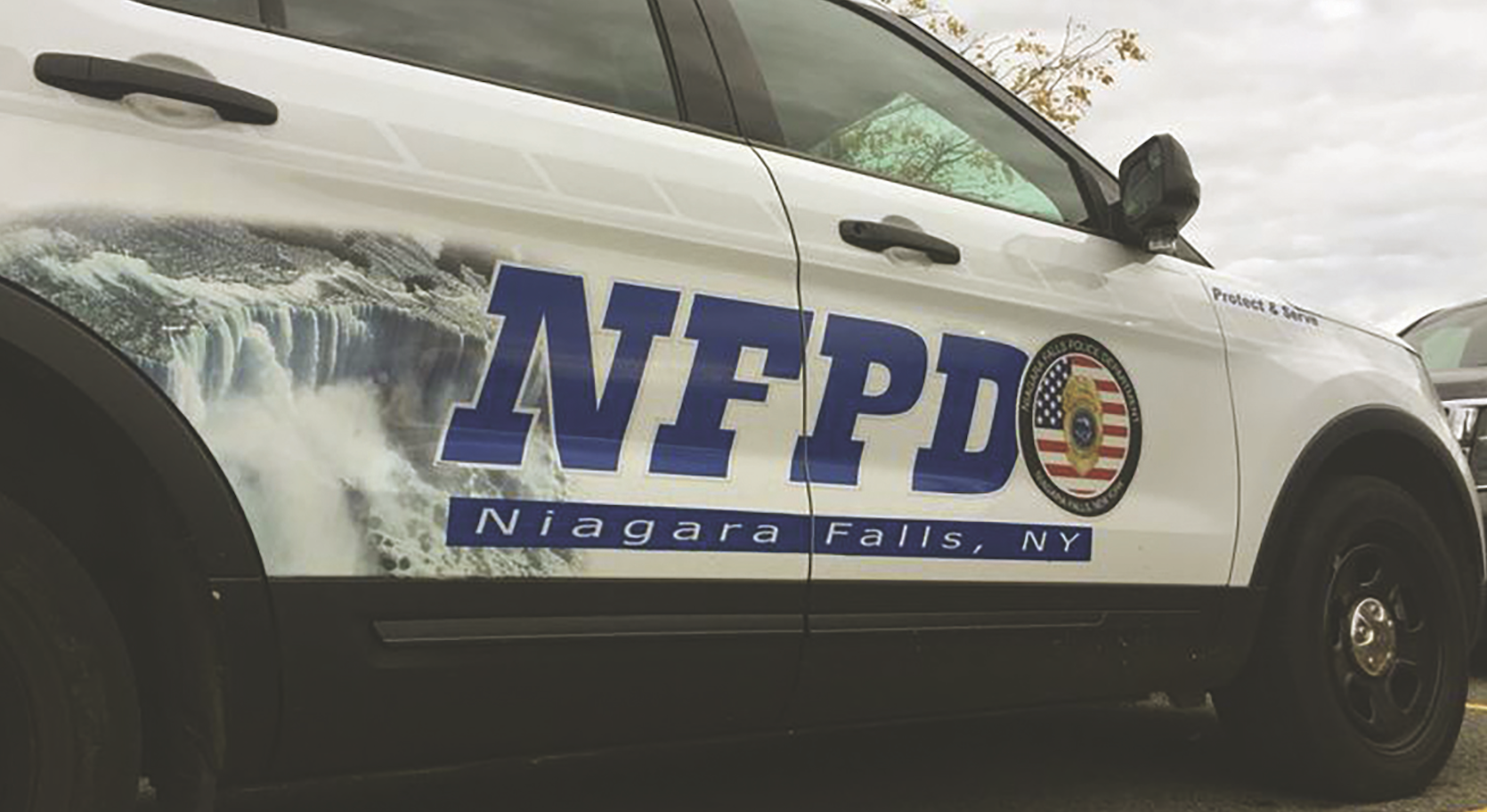A bill that would make New York the first state in the nation to ban cat declawing is now being championed by 115 veterinarians from across the state.
Veterinary support for the bill is being organized by The Humane Society Veterinary Medical Association (HSVMA) and The Paw Project.
“Declawing involves painful amputations – cutting off the last bone of a cat’s digits, said Veterinarian Eileen Jefferson. “When done for convenience, it is medically and ethically unjustifiable. The research consensus is that at least one in five cats show long-term physical or behavioral problems after being declawed.”
According to HSVMA and The Paw Project, these problems include litter box avoidance from pain or stress and increased biting in self-defense. These two problems, not furniture destruction, are the documented top behavioral reasons why cats are brought to U.S. shelters.
Manhattan Assemblywoman Linda B. Rosenthal introduced the bill last year. It later gained bipartisan support from co-sponsor Sen. Joseph A. Griffo.
“Because of their behavioral issues, declawed cats are not as likely to be adopted as other cats. I introduced this bill to end the misery inflicted on cats when there are many safe and effective alternatives to declawing,” Rosenthal said.
“One of the reasons I am in elected office is to be an advocate for those who don’t have their own voice, or who are overshadowed by interests that are more powerful than they are,” she added.
Griffo concurred.
“This bill benefits not only cats, but veterinarians, cat owners, and shelters as well,” he said. “I’m pleased to be working with experts on public health and animal health to get it passed.”
Veterinarian Susan Whittred, New York co-director for The Paw Project, said around 25 percent of all cats in the U.S. have been declawed.
“A relatively high percentage of cats are still being declawed despite all the recommendations against it, she said. “Targeting this problem through legislation is necessary and overdue. This bill is not an infringement on the veterinarian’s role at all. In fact, veterinarians are helping lead the efforts to see it pass.”
According to the American Veterinary Medical Association, declawing is the surgical amputation of all or part of a cat’s toe bones and the attached claws, and it is a painful procedure. It is not a simple trimming of the nails.
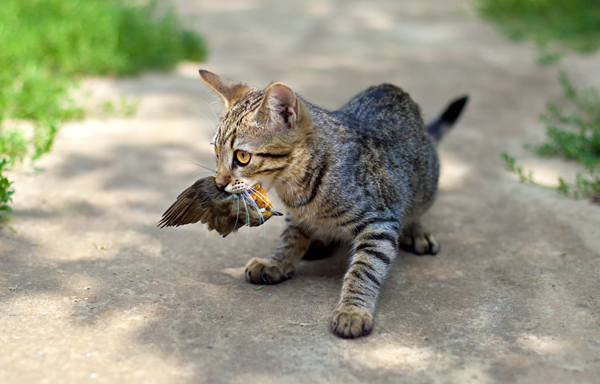
America’s cats kill between 1.3 billion and 4 billion birds in a year, says Peter Marra of the Smithsonian Conservation Biology Institute in Washington, D.C. Some say that declawing cats is one solution to the wholesale killing that endangers birds and small mammals. Here a cat has killed a robin.
Declawing is not merely the removal of the claws. In animals that hunt prey, the claws grow from the bone; therefore, the last bone is amputated so the claw cannot re-grow. Also, the tendons, nerves, and ligaments that enable normal function and movement of the paw are severed.
“There’s no reason to do it unless the animal has [an] infection that is never going away, or if there is a cancer or tumor-related issue in the claw,” Rosenthal said. “It’s basically done because humans want it done, and I don’t think it’s our right to mutilate animals for our own satisfaction.”
PETA, the ASPCA, and the Humane Society have all come out against declawing. Declawing is currently illegal in more than two dozen countries and several California cities.

